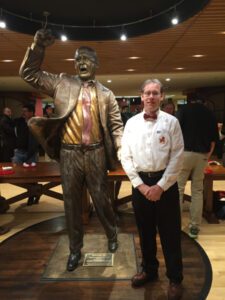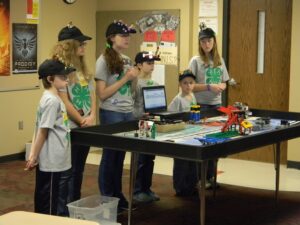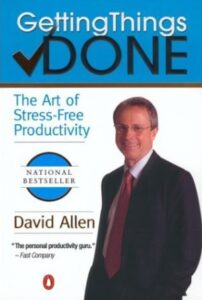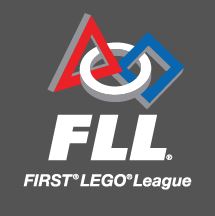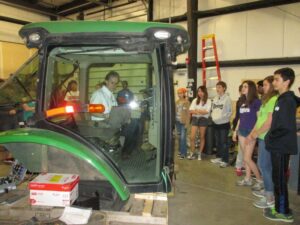Hilton Magic: ISU Career Fair
As can be seen from some of my previous blog posts, I really enjoy promoting engineering and getting youth interested in pursuing STEM careers. The culmination of promoting engineering is recruiting. On February 9th, I was part of the DISTek team that recruited at the Iowa State Engineering Career Fair.

